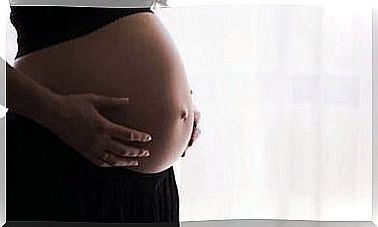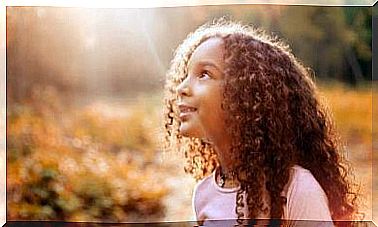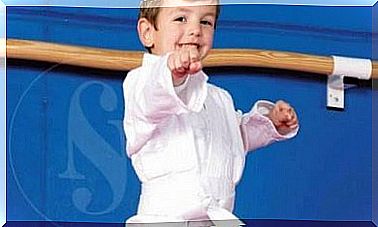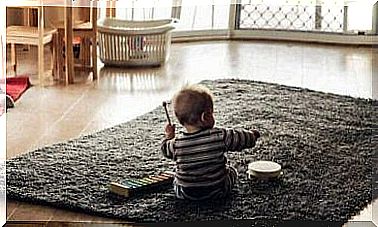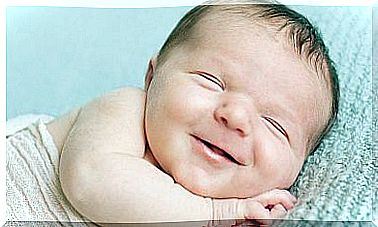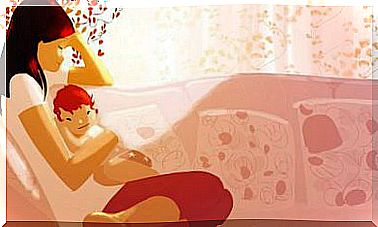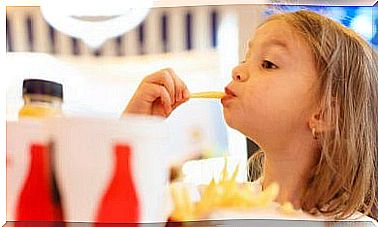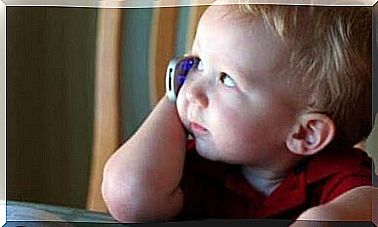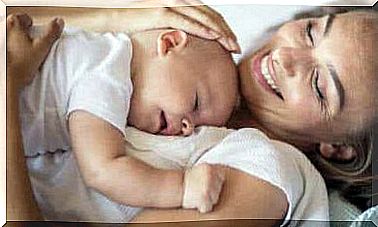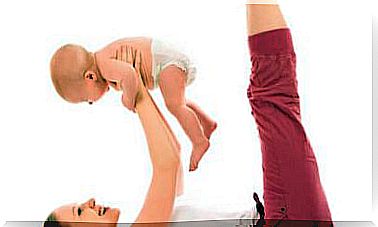The Different Stages Of Crawling In Babies
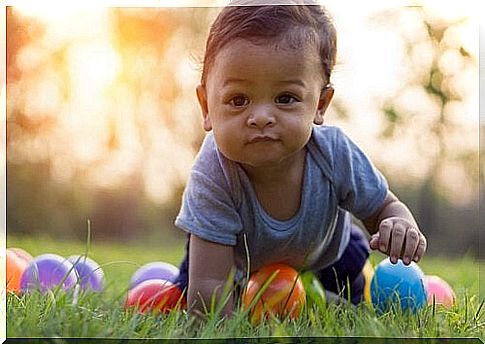
In this article we will talk about the different stages of crawling. A child develops in sequences, which means that one skill contributes to another. The child first begins to learn simple movements, and as he learns more advanced things.
The different parts of the nervous system are interplayed and each of these parts interacts with each other so that the child develops correctly. This is a linear development.
How the different stages of crawling begin
Babies start crawling during the first year when they are around 9 months old. However, we should point out that all children develop at their own pace and that not every child goes through the different stages of crawling. Some children learn to walk without first having to crawl.
The development of the movements is divided into two groups: the development of general and fine motor skills.
The first group involves control of posture and the ability to coordinate, while the fine motor skills have to do with coordination between the hand and the eye and the writing muscles, etc.
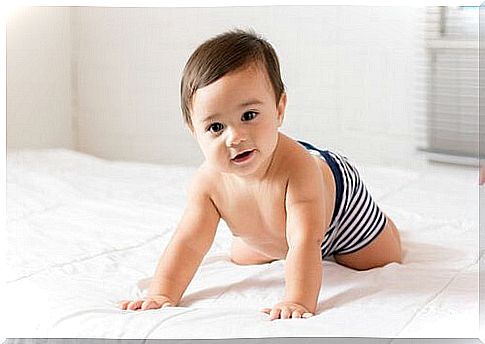
Once a child has learned to keep his head straight and to keep his arms up, he can begin to learn to turn around. This will then help it to develop new abilities.
To learn to crawl and walk, the child must be able to turn around and also synchronize the body’s various movements.
Tips to help the child crawl
Thanks to the different stages of crawling, the child can develop the ability to see, the ability to speak, the sense of place, etc.
Here are some tips to teach your child to crawl. If you notice that it starts with these positions and gestures, you can help it to develop further:
- When the child begins to move with his hands, you can stand behind and control your legs to help it learn to crawl. It is important that the child really wants to move and that he uses some body part for this.
- When the child is sitting down, it is important that you help it to support itself on its hands. It should bend its knees and move its legs behind it so that it ends up in a position where it can crawl.
- When the child is then in this position, he will gradually begin to learn to alternate between the sitting position and the crawling position. It will begin to notice that it can switch between these two positions.
- After this process, it will start to notice that it can push itself forward on the floor to start crawling. It is good if it can handle this at around 12 months of age.
The benefits of crawling
The child’s motor activity is closely related to the development of the child’s intelligence. To be able to write, the child must e.g. develop their fine motor skills. The crawling also helps the child to learn better:
- When the child performs coordinated movements, a neurological function develops that allows the child to move the right arm and left leg at the same time and vice versa. When the child crawls, it will at the same time strengthen its muscles, which means that it will later be able to stand up.
- Children who crawl will also develop their vision. They learn to focus on an object about 30-40 cm in front of them.
- They develop the sense of balance.
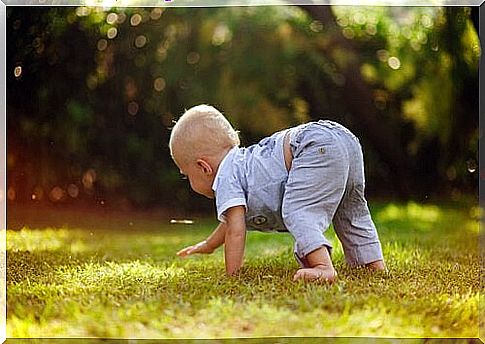
- The crawling develops the baby’s feeling in the hands.
- The coordination between the eyes and the hands is improved.
- The connections between the hemispheres of the brain are improved, which improves the cognitive functions.
- The child develops his communication skills by exploring and interacting with the environment.
It is very important that babies learn to crawl. Try to stimulate with these tips so that your child learns as soon as possible.
